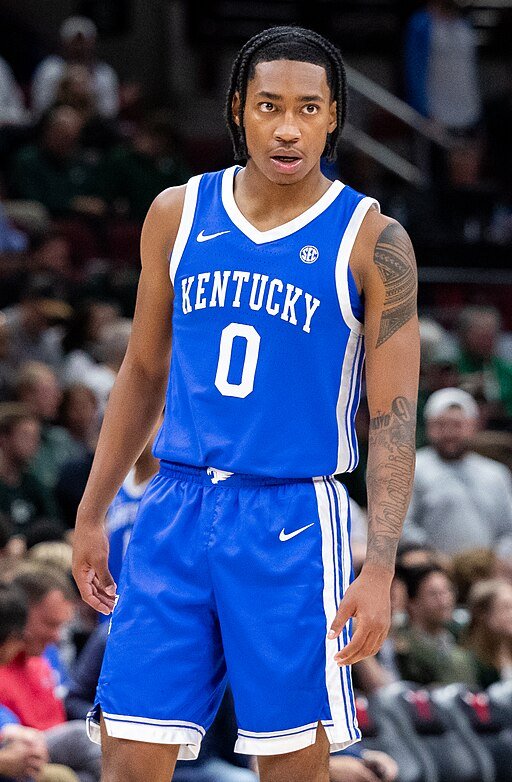
A Brief History of the Super Bowl
The Super Bowl, regarded as the pinnacle of American football and a major sporting spectacle, traces its origins back to 1967. The inception of the Super Bowl was rooted in the merger of the National Football League (NFL) and the American Football League (AFL), which set the stage for a championship game to determine the ultimate champion of professional football. The first Super Bowl, held on January 15, 1967, at the Los Angeles Memorial Coliseum, featured the Green Bay Packers facing off against the Kansas City Chiefs. The Packers emerged victorious, securing a decisive 35-10 win, and with that, the Super Bowl was born.
As the years progressed, the Super Bowl evolved both as a sports competition and as a cultural event. The second edition in 1968 saw the NFL begin to capitalize on its growing popularity, leading to significant television viewership. The introduction of innovative halftime shows and advertising campaigns transformed the event into a media phenomenon. The Super Bowl became a significant platform not just for football, but also for showcasing elaborate performances from some of the biggest names in music and entertainment.
Throughout the decades, several memorable moments and historic games have immortalized the Super Bowl in sporting history. Notable games include the “Helmet Catch” in Super Bowl XLII, where the New York Giants defeated the New England Patriots, and the thrilling comeback of the Patriots in Super Bowl LI against the Atlanta Falcons. The game has attracted significant celebrity attention, making it a venue where culture, sports, and entertainment intersect. Today, the Super Bowl is celebrated not only as a championship game but as a global event that commands widespread interest and engagement, cementing its cultural significance in American society and beyond.
The Significance of the NFL Super Bowl in American Culture
The NFL Super Bowl stands as an emblematic event that transcends the realm of sports, permeating various aspects of American culture. For many, the Super Bowl is not merely a championship game; it represents a significant cultural phenomenon that brings together individuals from diverse backgrounds. The annual event garners immense viewership, often surpassing 100 million viewers, making it one of the most-watched television broadcasts in the United States. This widespread attention reflects the Super Bowl’s role as a unifying force, fostering a sense of community among fans, irrespective of their geographic or social differences.
Beyond the excitement of the game itself, the Super Bowl has a profound influence on media and advertising. Companies go to great lengths to create innovative and memorable commercials, as the Super Bowl serves as a prime platform for launching new advertisements. This has led to the phenomenon of “Super Bowl commercials,” often generating buzz and anticipation prior to the event. The advertisements, which are strategically placed during the game’s broadcast, span a range of themes, from humor to social commentary, further embedding the Super Bowl into the national consciousness.
Moreover, the significance of the Super Bowl extends to social gatherings, as millions of parties are hosted across the country. These gatherings often feature quintessential American foods and shared traditions, transforming a sporting event into a cultural celebration. The Super Bowl party has become a staple in American households, where families and friends come together to enjoy the game, creating lasting memories. This tradition underscores the event’s role as a catalyst for social interaction, further solidifying its place in American culture as not just a game, but a symbol of shared experiences and collective enjoyment.
The Excitement Surrounding Super Bowl Sunday
Super Bowl Sunday embodies a unique cultural phenomenon that transcends the mere act of watching a football game. As millions of fans gather around their television screens or in stadiums, an electric atmosphere envelops the day, fueled by pre-game traditions, fan experiences, and the highly anticipated halftime show. The buildup to the big game begins weeks in advance, with fans eagerly discussing matchups, predictions, and potential plays, all of which contribute to an undeniable fervor.
The day itself is marked by numerous rituals, including elaborate tailgating parties that commence long before kickoff. Fans arrive at stadiums with grills, games, and spirited decorations representing their teams. These gatherings foster camaraderie among supporters, enhancing the overall excitement of the event. At homes and venues alike, Super Bowl parties feature an array of food and drink, often reflecting regional cuisines, while also embracing the festive nature of the occasion. The communal aspect of these gatherings allows friends, families, and even strangers to unite in shared enthusiasm, amplifying the experience.
The anticipation reaches its peak as the kickoff approaches, and fans are treated to pre-game festivities. Celebrity performances, player introductions, and the captivating spectacle of the national anthem set the stage for the game. The halftime show, a cornerstone of Super Bowl Sunday, draws in vast audiences, even those who may not be avid sports fans. High-profile artists deliver unforgettable performances, further enriching the day’s excitement with spectacular visuals and musical flair. Fans eagerly await these moments, which often become talking points long after the cheering has subsided.
The culmination of these elements creates an atmosphere of unparalleled excitement, making Super Bowl Sunday a cultural event that extends beyond football. The blend of tradition, community, and entertainment encapsulates what the Super Bowl truly represents, providing an experience unlike any other.
Future of the Super Bowl and Innovations in Sports Events
The future of the NFL Super Bowl is set to be defined by evolving trends in technology, logistics, and fan engagement. As the premier event in American sports, the Super Bowl consistently seeks innovations that enhance the spectator experience while maintaining tradition. With advancements in augmented and virtual reality, future broadcasts may integrate immersive experiences for viewers, allowing fans to interact with the game in unprecedented ways. This could mean virtual stadium tours or close-ups of plays from multiple angles, giving viewers the feeling of being part of the action from the comfort of their homes.
Logistically, the Super Bowl may see significant changes aimed at improving accessibility and crowd management. The use of mobile applications to streamline entry procedures and seat selection is already becoming common in major sporting events. In the years to come, expect enhanced mobile systems that could allow fans to reserve parking, access concessions, and even receive personalized promotions based on their preferences. Such improvements not only contribute to a more seamless experience but also reduce congestion and improve safety within the stadium.
Fan engagement is also likely to evolve, driven by social media and technological integrations. The rise of interactive platforms enables fans to participate in real-time discussions, polls, and contests during the game. These social elements may increase community involvement and enhance the viewer experience. Moreover, innovative sponsorships and marketing efforts, tailored to younger demographics, could further encapsulate the essence of the Super Bowl.
As we look forward, the NFL will undoubtedly focus on leveraging data analytics to better understand audience preferences. By honing in on what captivates fans, the Super Bowl will not only retain its status as a monumental cultural event but also adapt to meet modern expectations. The fusion of tradition and innovation will pave the way for a dynamic future, ensuring that the excitement surrounding the Super Bowl remains unyielding.

